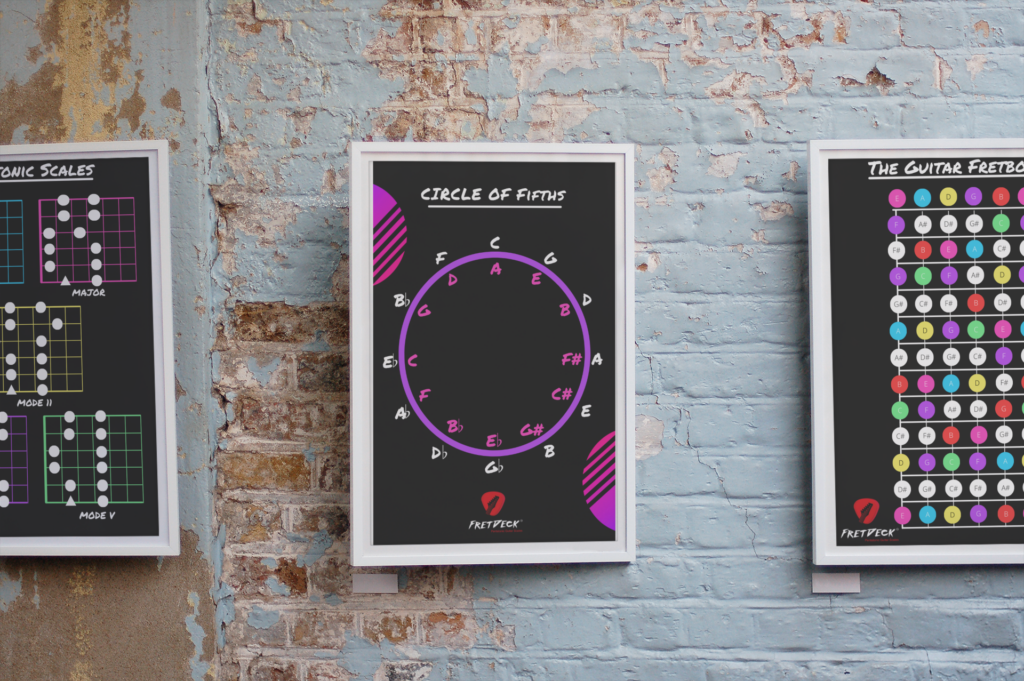If you’ve ever listened to Wes Montgomery, you know he had something special—something beyond just chops. His playing had soul, sophistication, and a smoothness that made every note feel like it belonged. Whether it was his signature octaves, his buttery chord solos, or that perfect thumb attack, Wes had a touch that made his playing instantly recognizable.
So how did he do it? And more importantly, how can you bring some of his magic into your own playing?
Let’s dive into five essential Wes Montgomery guitar tricks that will help you unlock his unique style and integrate it into your own playing.
1. Ditch the Pick—Use Your Thumb for a Warmer Attack
One of Wes Montgomery’s most distinctive traits was his right-hand technique—he played exclusively with his thumb. This wasn’t just a quirky habit; it was a game-changer for his tone.
Playing with your thumb gives a rounder, warmer attack than a pick. It also softens the transients, creating a smoother, more vocal-like phrasing. If you listen to Wes’s early recordings and compare them to, say, George Benson (who was heavily influenced by Wes but used a pick), you’ll hear how the thumb contributes to that ultra-smooth, singing tone.
How to Practice It:
- Start by resting your fingers on the guitar body (or the pickguard) and use only your thumb to play single-note lines.
- Experiment with downstrokes and upstrokes to get used to the feel. Wes primarily used downstrokes, but he could bring in upstrokes when needed.
- Try rolling your thumb across the strings for a more connected legato sound—this is key for getting that Montgomery feel.
Pro Tip: If you find your thumb attack too soft, try adjusting your hand position to get a little more nail involved in the stroke. This will help add clarity while still keeping things smooth.

Download The FretDeck & Pentatonic Secrets Course!
Download Our Course
2. Master the Art of Octaves
If Wes Montgomery had a signature move, it was playing melodies in octaves. It gave his lines a bigger, fuller sound and added an expressive quality that single-note lines just don’t have.
How It Works:
- An octave shape on guitar consists of two notes, one on a lower string and one an octave above.
- The most common fingering Wes used involved skipping a string—for example, playing a note on the 6th fret of the 4th string while playing the same note an octave higher on the 9th fret of the 2nd string.
- He would mute the in-between string with his index finger, allowing him to strum freely without unwanted noise.
How to Practice It:
- Learn the shapes: Play simple melodies using octaves, like the opening phrase of “Four on Six.”
- Use different rhythmic feels: Wes had a way of making octaves swing hard—try accenting different beats to bring in that phrasing.
- Work on dynamic control: Play some octaves softly, then dig in for more intensity, just like Wes did.
Once you get comfortable, start applying octave phrasing to your solos. Instead of playing single-note licks, try playing them in octaves for that full, singing Wes Montgomery guitar effect.
3. Learn the Block Chord Soloing Approach
One of the things that separated Wes from other jazz guitarists was his ability to play fluid, harmonically rich chord solos. He didn’t just comp—he used chords as a lead voice, building solos that had both melody and harmony embedded within them.
How Wes Did It:
- Instead of just running scales, Wes would outline melodies using three- and four-note chord voicings.
- He often used drop-2 and drop-3 voicings, moving them in parallel motion to create smooth, melodic phrases.
- His phrasing was rhythmic and dynamic—he didn’t just play chords; he sang through them.
How to Practice It:
- Take a simple melody, like “Summertime,” and try playing it using small chord shapes instead of single notes.
- Practice chromatic passing chords—Wes loved sliding into chords from a half-step above or below.
- Work on swing feel—chord solos should groove just as hard as single-note lines.
Wes’s chord soloing style is a deep rabbit hole, but if you start simple and build from there, you’ll unlock an incredibly expressive way to solo.
4. Use Enclosure for Sophisticated Phrasing
One of Wes’s secret weapons for creating smooth, voice-leading lines was his use of enclosures—playing notes above and below a target note before resolving.
Example of an Enclosure:
Instead of going directly to a note, Wes might play:
- Chromatic approach: Play a half-step above and below before landing on the note.
- Diatonic approach: Use a scale tone above and a chromatic note below.
For example, if resolving to G in a ii-V-I in C major, he might play:
- A → F# → G (chromatic enclosure)
- B → F# → G (diatonic + chromatic)
This weaving approach gives lines a more sophisticated, bebop-inspired sound.
How to Practice It:
- Take a major scale and practice approaching each note with a chromatic enclosure.
- Apply enclosures to arpeggios—instead of just playing a basic Cmaj7 arpeggio, add an enclosure around each chord tone.
- Work on using enclosures in your solos—instead of landing on a note directly, approach it from both sides for a more fluid feel.

Download The FretDeck & Pentatonic Secrets Course!
Download Our Course
5. Develop Strong Melodic Motifs
Wes was a master storyteller on the guitar. Instead of just playing a bunch of fast licks, he would build ideas—starting with a simple phrase and then developing it throughout his solo.
How to Practice It:
- Start with a simple two- or three-note motif and repeat it in different registers.
- Alter the rhythm while keeping the melody intact—Wes would often syncopate or swing his motifs differently over time.
- Use call-and-response phrasing—play a phrase, then answer it with a slight variation.
If you listen to Wes’s solo on “West Coast Blues,” you’ll hear him developing themes instead of just running up and down scales. This is a key trait of great improvisers—instead of throwing a ton of notes out there, they make every note count.
Final Thoughts
Wes Montgomery wasn’t just a jazz guitarist—he was a melodic architect. His playing was built on a foundation of warm tone, soulful phrasing, and deep harmonic understanding. By incorporating these five Wes Montgomery guitar tricks into your playing, you’ll develop a more musical, expressive, and swinging approach to jazz guitar.
Want to dive deeper? Join the Guitar Freaks Hangout on Discord to connect with other players, share recordings, and get feedback on your progress. See you there! 🎸🔥
For a comprehensive guide on mastering jazz chord voicings, which are essential to emulating Wes Montgomery’s style, check out our in-depth article: How to Master Jazz Chord Voicings.
To delve deeper into Wes Montgomery’s extensive discography and explore his influential recordings, visit the Wes Montgomery Discography on JazzDisco.
Additionally, to see Wes’s thumb technique in action, here’s a helpful video tutorial:
Wes Montgomery Style | How To Play Jazz Guitar With Your Thumb
Incorporating these resources into your practice routine will provide a deeper understanding of Wes Montgomery’s unique approach to jazz guitar.

Join Guitar Freaks Hangout on Discord! 🎸
Get Fret Logic FREE!
Join the Guitar Freaks Hangout Discord and get exclusive access to my entire e-book, Fret Logic! Master the fretboard and elevate your solos with this comprehensive guide.
👉 Don’t miss out—join now and download your free copy!










